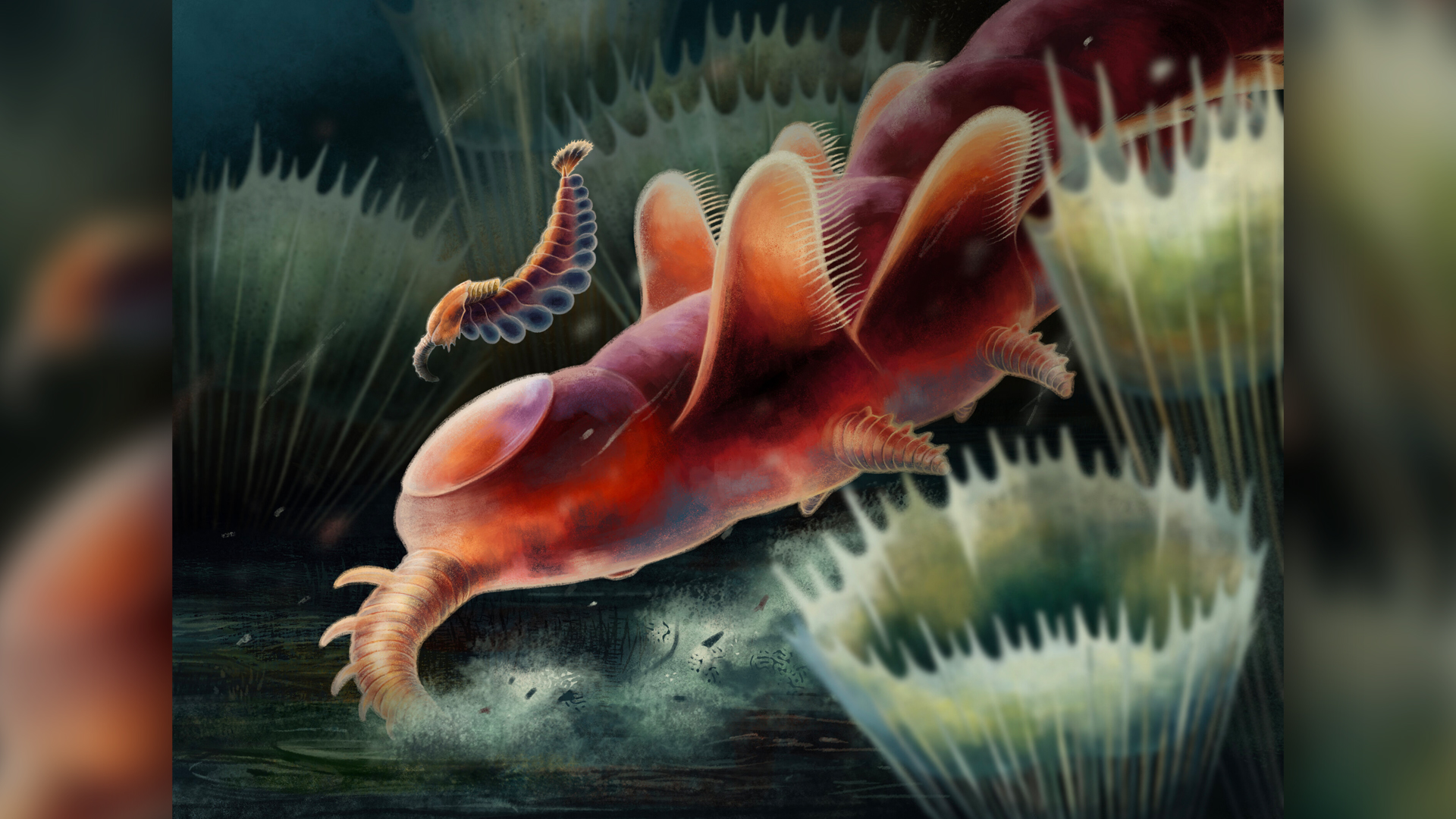Fossils
Latest about Fossils
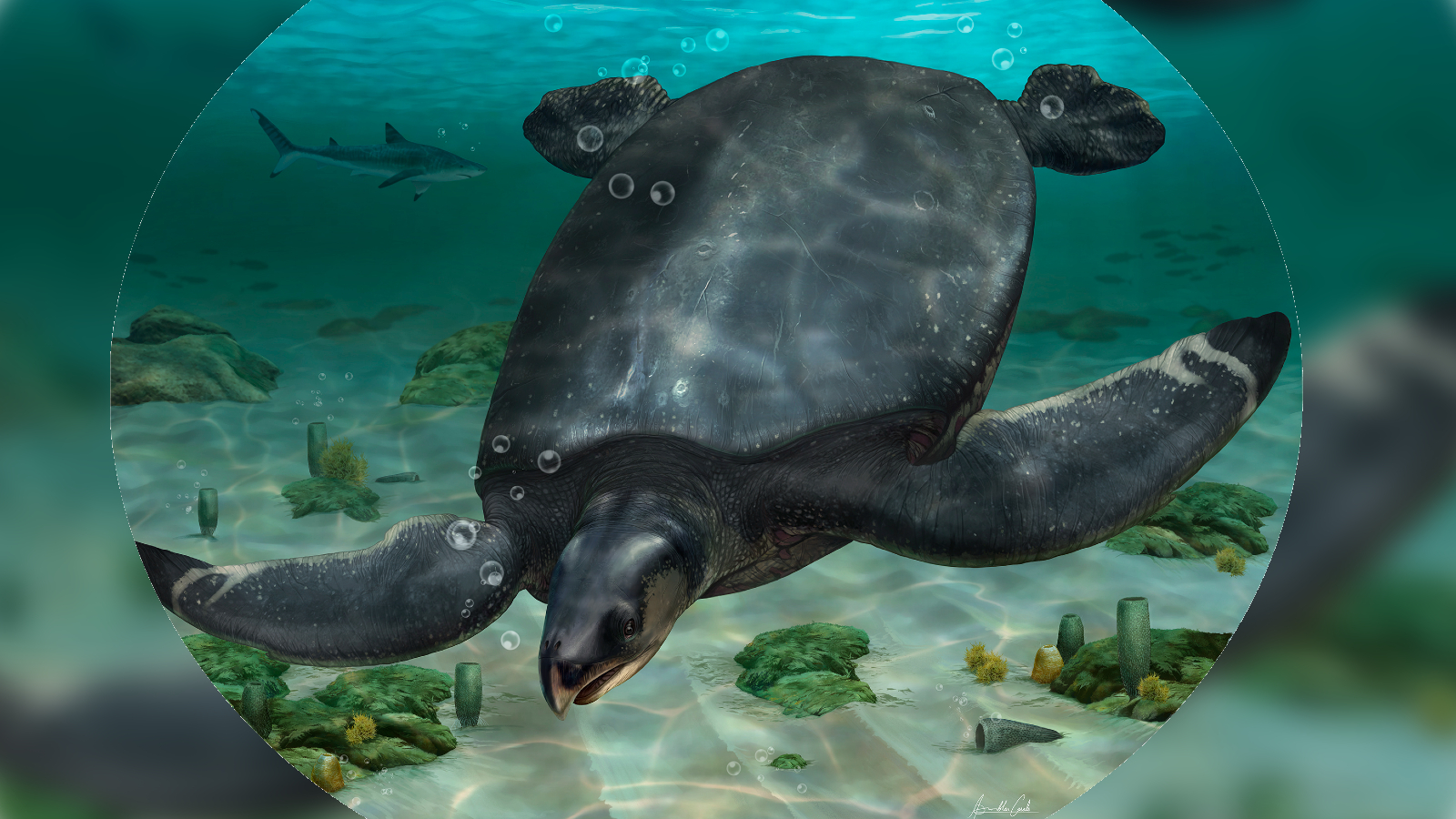
10 stunning fossils from 2022 that didn't come from dinosaurs
By Harry Baker published
Not all the best fossils belong to dinosaurs. Here are some of our favorite non-dino fossil stories dug up in 2022.

7-foot-long arthropods commanded the sea 470 million years ago, 'exquisite' fossils show
By Jennifer Nalewicki published
About 470 million years ago, 7-foot-long arthropods ruled the water in what is now Morocco.
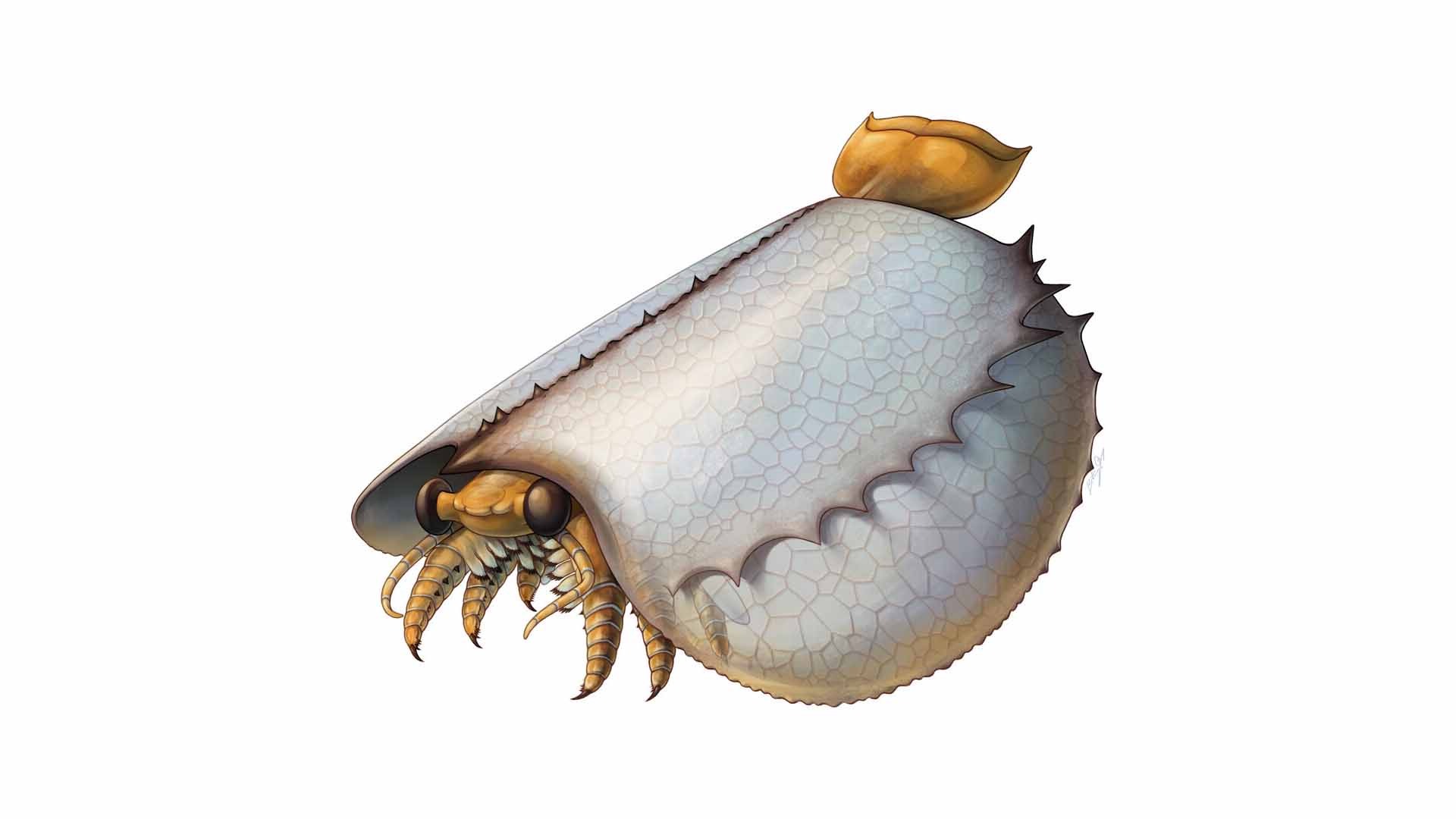
Likeness of Cambrian critter finally revealed, and it looks like a taco
By Jennifer Nalewicki published
Thanks to soft-tissue preservation, we now know what Tuzoia, a Cambrian arthropod first discovered 100 years ago, actually looked like.
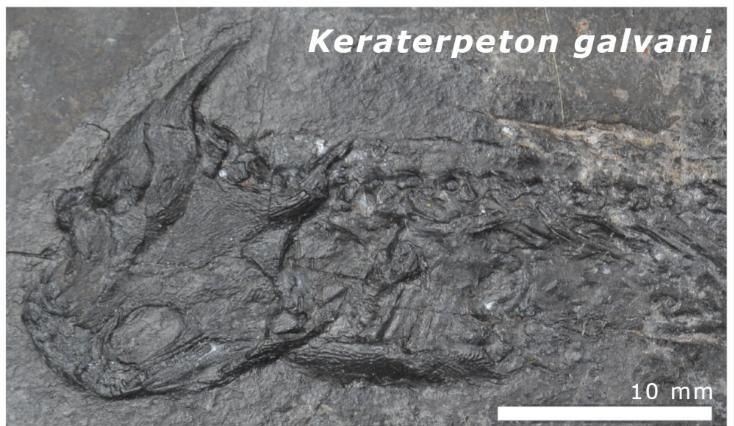
Mangled 'dragon' fossils were cooked by ancient continents colliding to form Pangaea
By Harry Baker published
Warped amphibian-like fossils in Ireland were likely transformed by superheated fluids that were released as ancient continents crashed into one another around 300 million years ago.
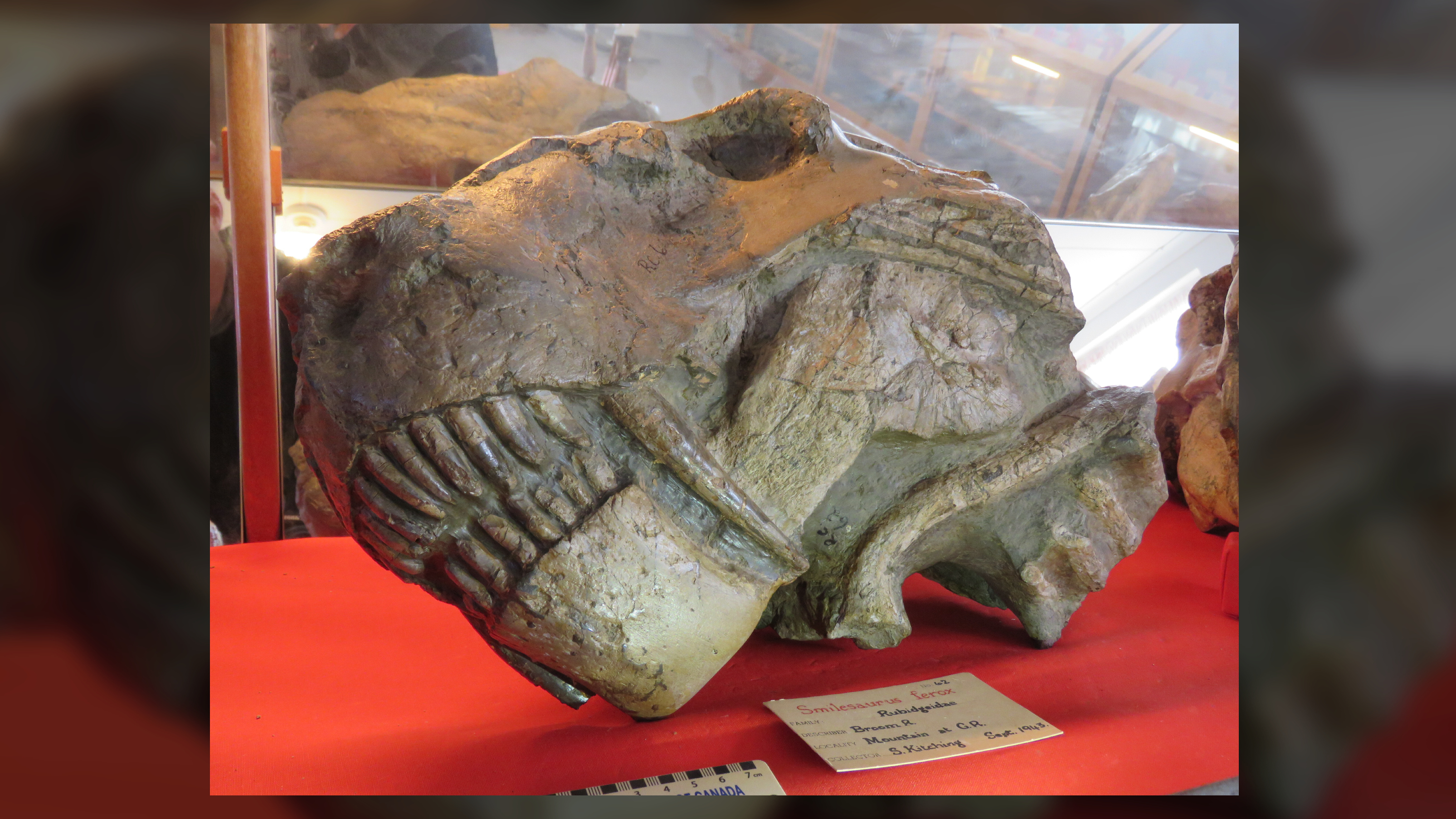
Monstrous 'gorgons' survived a mass extinction, but they were a 'dead clade walking'
By Laura Geggel published
About 90% of all species went extinct during the "Great Dying" around 252 million years ago, but in the case of one paleo-beast — the so-called gorgon — reports of its death were greatly exaggerated, new research finds.
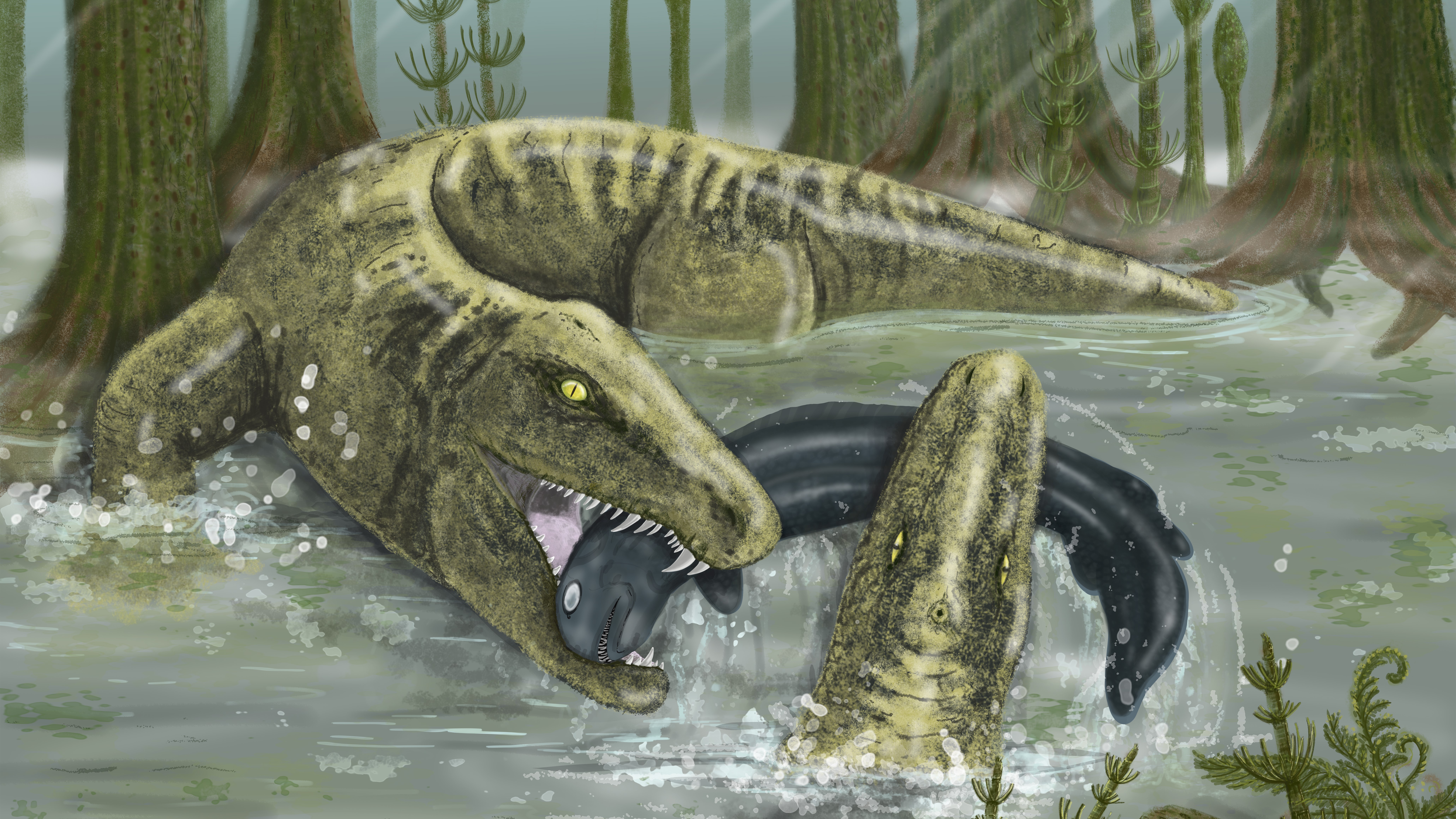
Ancient superpredator that lived 328 million years ago was 'the T. rex of its time'
By Stephanie Pappas published
Fangy Whatcheeria measured up to 6.5 feet (2 meters) long, and more than 300 million years ago, it was the apex predator in the sinkholes-turned-lakes of the American Midwest.
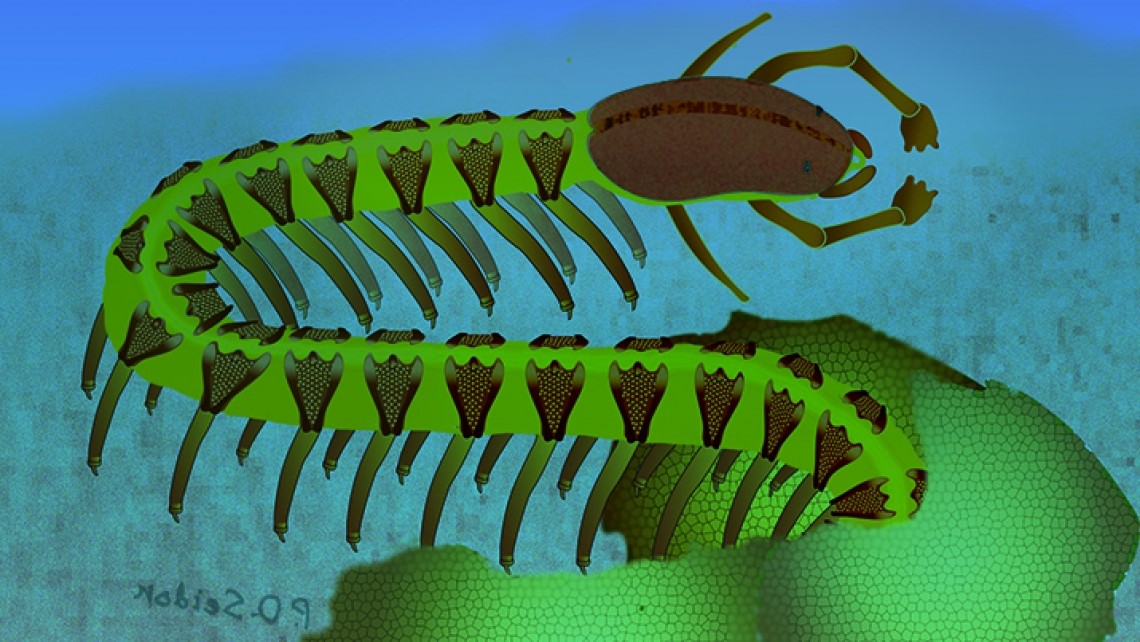
Fossilized brain of 525 million-year-old deep sea worm likely the oldest ever discovered
By Harry Baker published
An ancient worm unearthed in China has one of the oldest fossilized brains ever found. The brain's shape could also help solve a centuries-old debate about the evolution of arthropods.
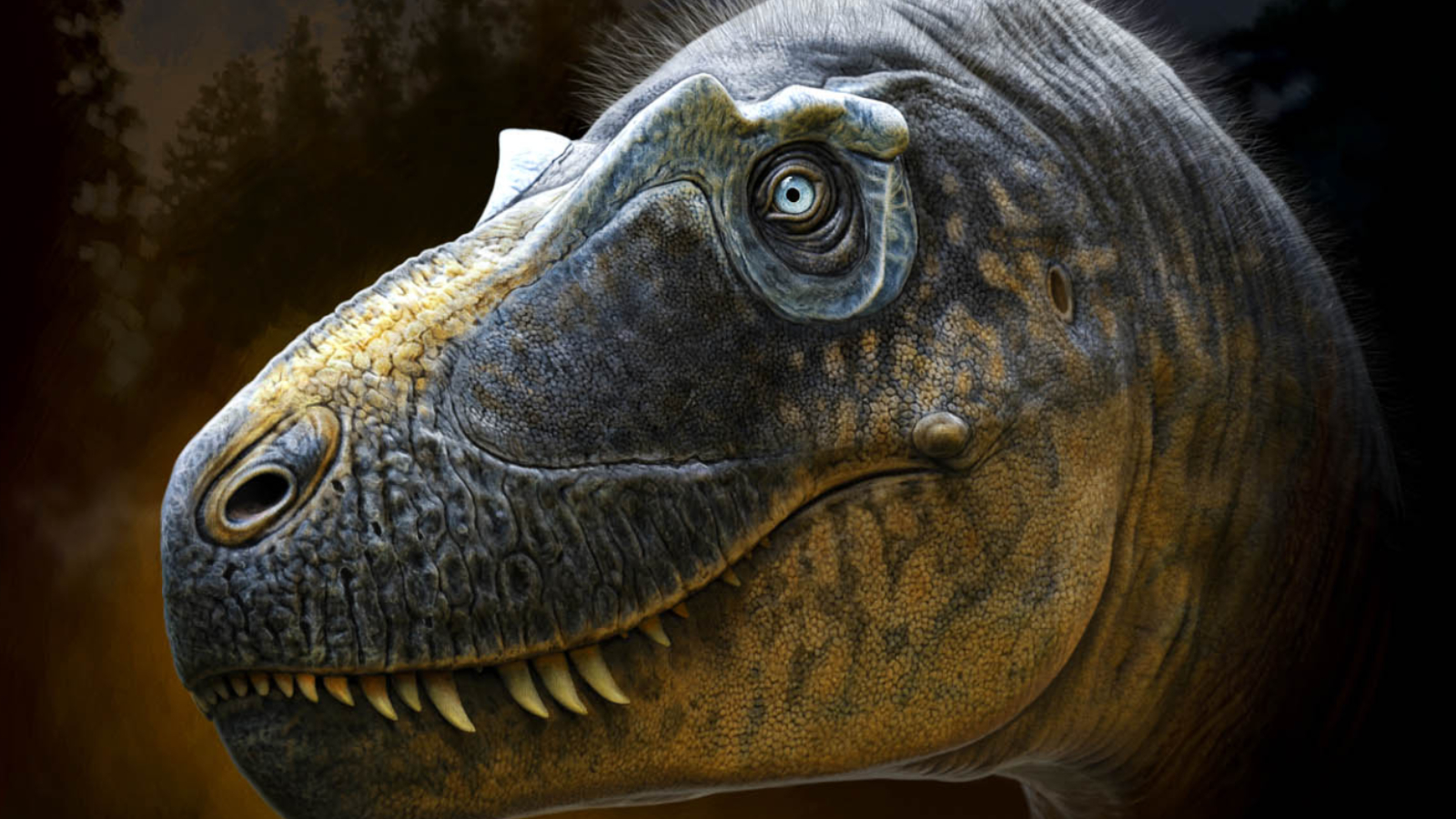
'Frightful' never-before-seen tyrannosaur might be the 'missing link' in T. rex evolution
By Harry Baker published
Paleontologists have discovered fossils belonging to a newfound species of tyrannosaur, which could fill an important gap in the evolutionary history of T. rex.
Get the world’s most fascinating discoveries delivered straight to your inbox.
